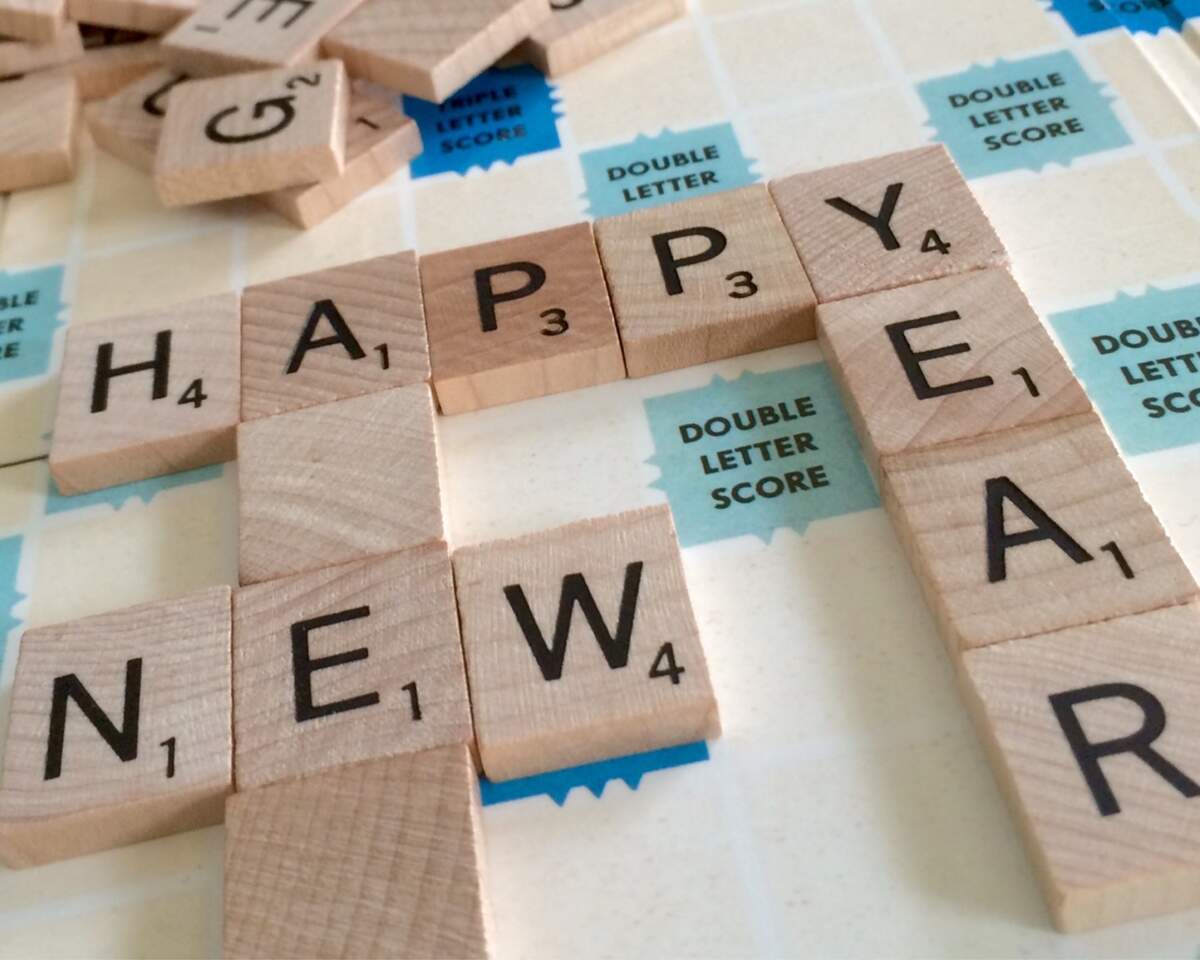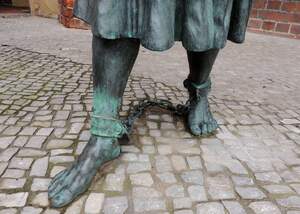

Old New Year's Day
Old New Year's Day—the day that was seen as being the start of the new year—was observed on March 25 by many countries up until the creation of the Gregorian calendar in 1582. Even after this, some countries still observed the new year on March 25. This had begun in some places after Dionysius Exiguus introduced the Anno Domini calendar in 525 CE. Dionysius assigned March 25 as the new year because Jesus was to be conceived on the Annunciation, nine months before Christmas Day. The new year also was placed at this time because it was near the spring equinox.
Many countries in Europe used "Annunciation style dating" or "Lady Day style dating" during the Middle Ages and after. Scotland changed its new year to January 1 in 1600. England began observing New Year's Day on March 25 in 1155, and did so until they adopted the modern day Gregorian calendar in 1752. In England and nearby areas, during the March 25 new year, year-long contracts between landowners and tenant farmers began and ended. Farmers moving to new farms would travel on this day. When the calendar changed in 1752, these customs began being done on April 5. The UK tax year still follows the old calendar today. The tax year begins on April 6, which adds twelve days to March 25. Russia did not adopt the new calendar until 1918, and the Old New Year's Day is still regularly celebrated in some countries.
How to Observe Old New Year's Day
The best way to celebrate Old New Year's Day is probably by treating it just as if it was New Year's Day! Get out the champagne and have a party!





















